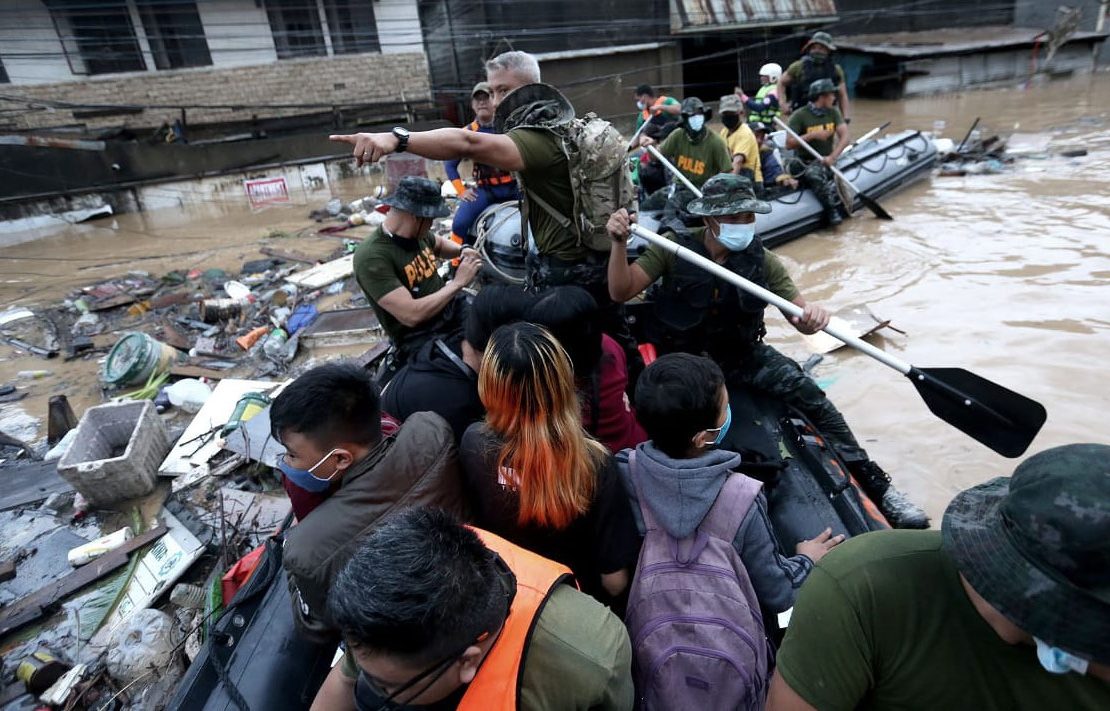The Philippines is the fourth most affected country by extreme weather. An average of 20 typhoons enter the country yearly, with potentially more to come due to the adverse effects of climate change. More recently, typhoons Odette and Karding have wreaked havoc on certain regions of the country, leaving people reeling due to the devastation.
While it’s the responsibility of the government to address the underlying issues that intensify the effects of these natural hazards—such as illegal logging, deforestation, and urban planning to name a few—we must also give ourselves the best chance of survival during these events.
When Typhoon Odette hit my hometown of Cebu, I was not present for the destruction. But hearing the stories of family and friends who survived the near-apocalyptic ordeal gave me an idea of just how catastrophic being underprepared for a typhoon can be.
It’s sad to say that there are more typhoons heading our way. We can’t do anything about that, but here are some ways we can prepare ourselves for the worst. After all, natural hazards like earthquakes and typhoons only become disasters when we are not equipped to handle the risks involved, according to disaster preparedness experts.
Before the typhoon
Prepare an emergency bag
If you haven’t already prepared an emergency bag, this is the time to do so. An emergency bag should be filled with extra clothes, medicine, food, important documents, and duplicates of house keys.
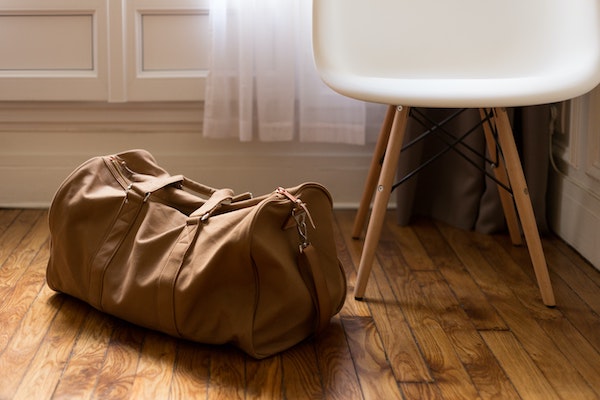
All the paper items should be kept in a ziplock bag in case of flooding. You can also upload all of these documents on a secure online drive so you can still access them if you’ve lost the physical copies.
Everyone in the household should have their own emergency bag filled with their necessities.
Stock up on supplies
Something most Cebuanos got wrong when Typhoon Odette hit was underestimating the destruction it would wreak on the city. Food, potable water, and other necessary supplies were in high demand because most of them weren’t able to stock up.
Right before a typhoon hits, your priorities should be securing enough food and drinking water for everyone in the household for at least three days (rescue usually arrives 72 hours after a disaster hits). If you have pets, make sure to have enough food and water for them, as well. You should also save up on water for washing.
When it comes to food, buy things you won’t need to heat in order to consume. Items like pork and beans, canned tuna, sausages, and other instant foods are a good option. Instant noodles could be tempting, but those need to be boiled in order to be eaten.
Preparing all the necessary common and prescription medicine, as well as having a first aid kit will also come in handy. Injuries and illness are typical during typhoon season and drug stores may be inaccessible.
You’ll also need to fill up your car’s tank. Fuel can be difficult to come by in a post-typhoon setting. Gasing up before a big typhoon will ensure that your car is ready to go in case of any emergencies.
Buying personal safety gear like work boots, rain coats, and heavy duty gloves will also help you post-typhoon. You’ll need them to safely assess the damage outside, clean up, and possibly wade through the floods.
Secure your home
Whether you live in a condo or in an actual house, you have to secure all your windows and doors. Common knowledge would encourage you to tape up your windows, but it could end up creating larger and more dangerous shards of glass if your windows do end up breaking.
Check for any drafts and leaks in the house and temporarily secure them with newspaper and electric tape. If you have any outdoor furniture, make sure to bring them inside so they won’t fly around and potentially damage anything during the storm.
For people who live in houses, weigh down any large outdoor furniture that won’t fit inside your home. The rule of thumb is that if you can move it around, no matter how large, you’ll need to secure it.
If the typhoon becomes stronger than expected, you’ll also have to unplug all your appliances to prevent fire.
Have a safety plan for your pets
This should go without saying, but apparently it needs to be said. When Typhoon Ulysses hit Manila in 2020, animal rescues and non-profits had to work through deadly conditions to rescue pets that were left by their owners when it came time to evacuate.
If you can, add your contact information on your dog’s collar or get them microchipped in case they get lost. If your pets aren’t safe to stay with you at home, decide on whether you should leave them with a friend or family member who lives in a less flood-prone area.
If your pet is safe to stay with you at home, please bring them inside. Most animals are light enough to get carried by the wind or freak out and run off. It’s a terrifying ordeal for people who know what’s going on, so it’s likely even moreso for animals who don’t.
Again, it should go without saying, but please bring your pets inside.
Withdraw cash
A good number of people have a reliance on online banking, but you’re going to need cash in case of emergencies. Portions of Cebu had to go without electricity for months, which means access to banking apps, ATMs, and credit cards were severely limited.
It’s important to withdraw cash right before a typhoon hits so that you can secure more supplies after the typhoon, especially if the damage is so severe that recovery will take weeks or months.
Ready your tech
Make sure to charge all devices and power banks right before a typhoon. If the electricity goes out during the typhoon, you’ll also need lamps and flashlights as a source of light.
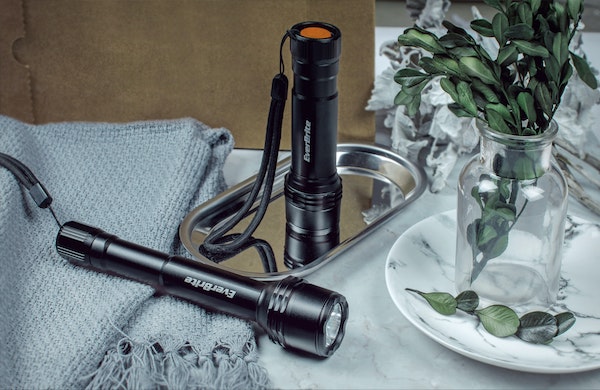
If the damage to your area is severe, it may take days or even weeks to get electricity back. That means recharging your devices is out of the question. Your best friend in this situation is anything solar-powered and waterproof. There are lots of affordable options for solar-powered lamps that won’t need electricity to charge.
If possible, you should also invest in a battery-powered radio to check for news updates. You should conserve the batteries on your phones by only using it when necessary and not to pass the time.
Decide where to stay
Not everyone has the luxury to stay home in case of a typhoon. People in low-lying areas have to make a decision on whether they should stay or evacuate. If your area has a history of flooding and the typhoon is predicted to hit it severely, it’s better to evacuate. Identify and talk to contacts, like family or friends, who can give you temporary shelter.
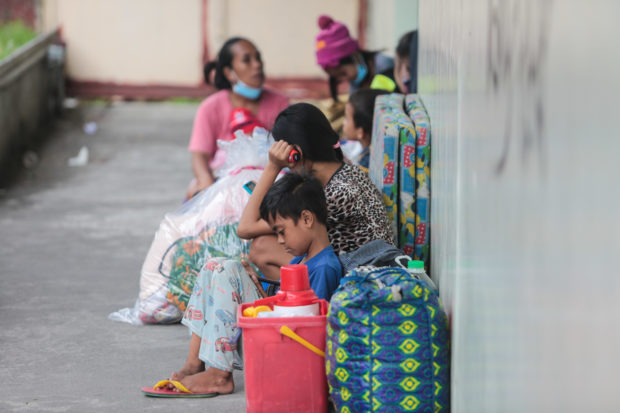
Before you evacuate, make sure to unplug all your appliances and switch off the main power to prevent any fire-related accidents.
Being safe is of the utmost importance and evacuating may give you a better chance of survival.
For people staying home, you should choose where to stay if the typhoon becomes severe. Ideally, you should choose a room without windows so you won’t worry about potential injuries from broken glass. It should be big enough to fit everyone comfortably, too.
During
I cannot stress this enough: stay put. At the height of the typhoon, everyone should be in the designated area with all the emergency equipment, supplies, and emergency bags in case you have to evacuate.
As tempting as it is, don’t look outside. Windows can easily shatter at high speeds. A friend of mine almost got into an accident during Odette because the wind tore her air conditioning unit off the wall. Staying inside and staying put is the safest way to go through a typhoon.
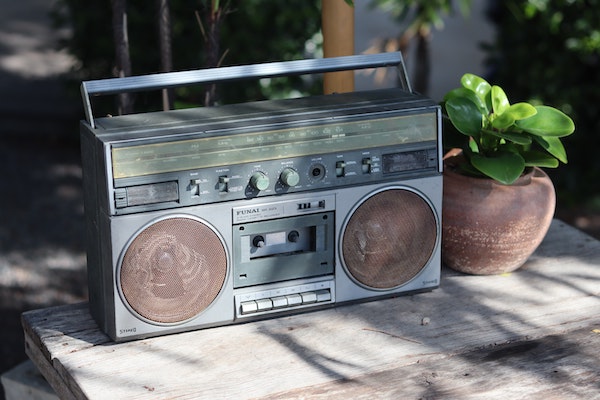
Make sure everyone is accounted for and tune the radio to an AM station to get updates on the weather and road conditions.
Lastly, you should try to get comfortable. Have items like pillows, blankets, and something to help calm and ground you (like a stuffed toy or essential oils) to help ease your anxiety during the worst of the typhoon. You can even prepare board games and cards to pass the time (and so you won’t have to keep using your phone).
Being anxious, distressed, and generally stressed are normal responses to a traumatic situation, which is what living through a disastrous typhoon is. It’s okay to feel all these emotions, but being prepared is key in relieving some of those feelings.
If a typhoon as powerful as Odette ever wreaks havoc on Metro Manila, we can expect hours of intense wind and rain. Buildings can sway during this time, which makes it more terrifying, but being as comfortable as possible can help things go easier.
After
Once the worst of the typhoon has passed and the wind and rain have calmed down, check all of the supplies you prepared before the typhoon. Make sure all the food is still good and the water is clean. You may have to ration these supplies if your area was severely affected.
Keep the radio on and listen for any updates regarding the weather conditions in your area.
Next, you should assess any damage inside your home. Put on your protective gear (boots and gloves are the most important) and carefully assess each part of your home to check for damage.
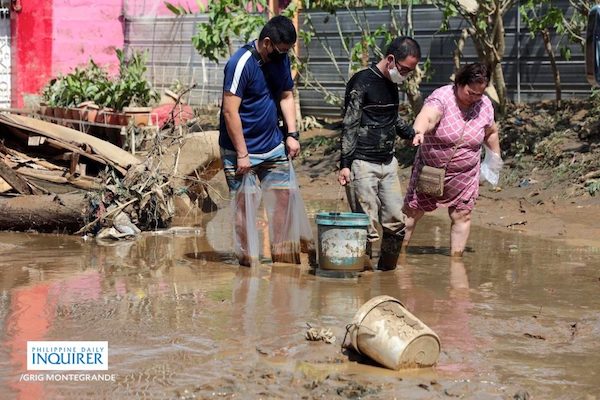
You should start inside the house before going to check outside. Common internal damage would be broken windows and fallen items. Before stepping foot outside, see if there are any large obstacles like fallen trees and branches that might injure you and plan accordingly.
If weather permits, you should start cleaning up inside and outside your home. There will be lots of debris you’ll need to clear.
Even with all the preparations, it is normal to feel grief or distress about any losses and difficulties you went through. You might feel others had it worse, but your feelings are valid and your recovery is important. Remember that you need to be well before taking care of others.
As weather conditions continue to worsen, we must prepare ourselves for whatever happens. Being ready for anything is the least you can do for yourself and the people you care about.

